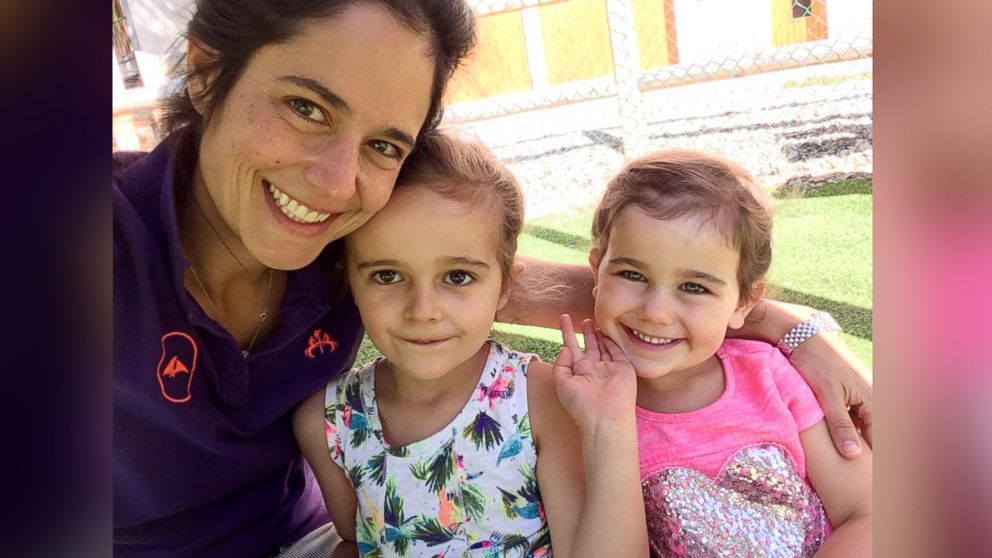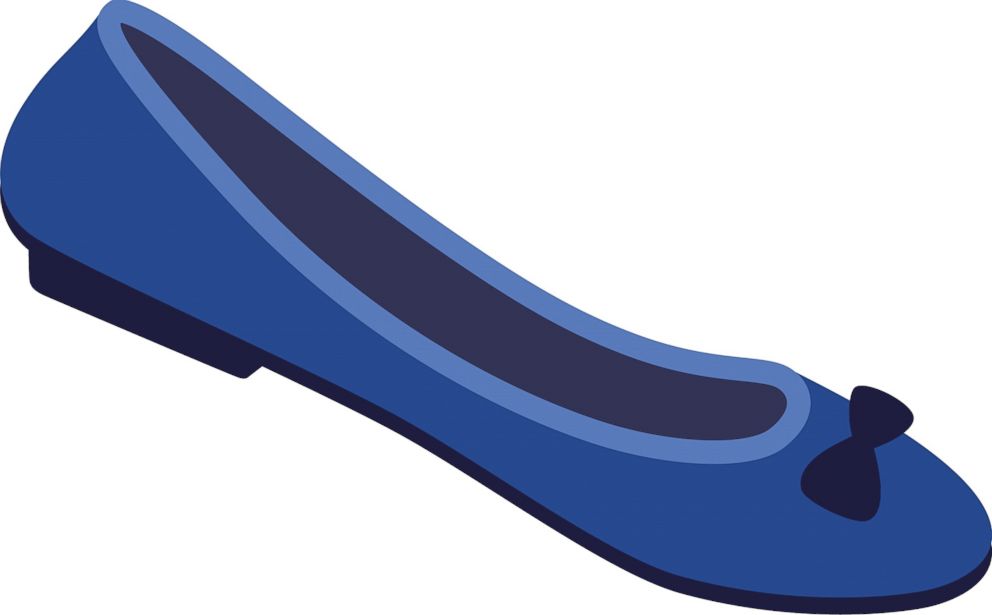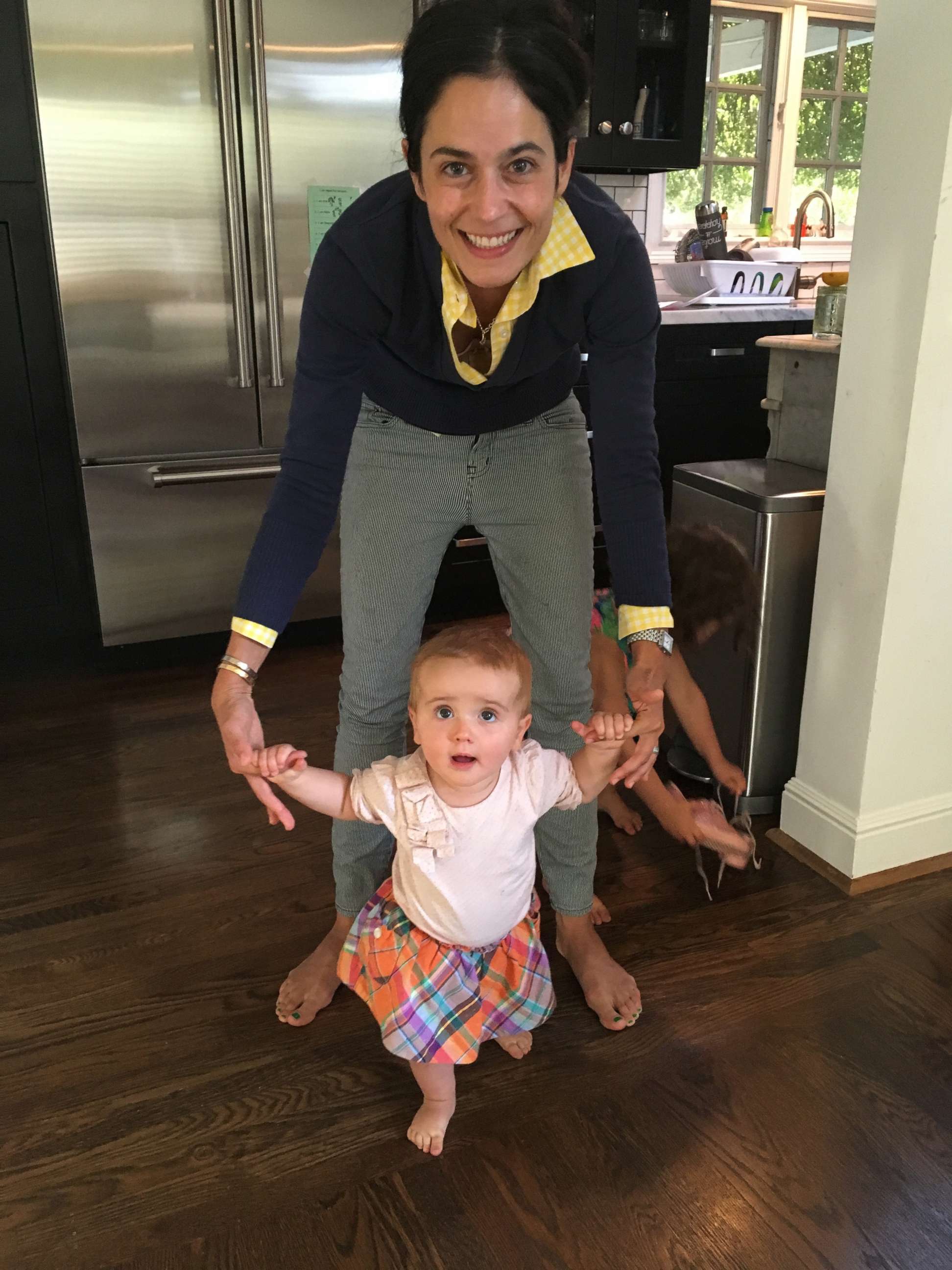Meet the woman battling gender biases by fighting for a flat shoe emoji

— -- A woman who is fighting for the creation of a woman’s flat shoe emoji -- arguing that its absence reflects gender stereotypes -- says she hopes to change "how women identify with this lexicon, and how women are identified by others in this lexicon."
"I have to believe that symbols matter," Florie Hutchinson, 37, from Palo Alto, California, told ABC News. "I think being dismissive of the importance of emojis is missing something significant."
Hutchinson added that within the increasingly popular language of digital pictorial symbols, "I see the apparel category entrenched in this antiquated idea of what women should look like."

"When I looked at the shoe category specifically, I realized that all of the shoes that are literally coded, or categorized, or labeled as 'women's shoes' have this heel," she said. "And that’s just not part of my daily life."
She said she came up with the idea late one night when she typed the word "shoe" in her phone and found that all of the women's shoe designs contained a heel.
"It was one of those days where it felt like every minute I felt like I was being assaulted by different forms of gender stereotypes," Hutchinson said. "It was the emoji that broke the camel's back."
While Hutchinson acknowledged that "like most things, in isolation, it can seem harmless," she said she believes gender biases, even in something as basic as emojis, highlight a "glaringly obvious" problem.
"The women’s wallet is a pink coin purse that your grandmother may have had. The worst culprit in my mind is the default emoji for 'bathing suit.' It is literally a buxom-y bikini," she said. "Compound that with the fact that the 'twinning' emoji is actually a Playboy bunny."
Hutchinson, a mother of three daughters, said that her young children also inspired her to take action.
"I see how children respond to them, how they play with them," she said of emojis, adding that she wants her daughters "to see a shoe that doesn't have an automatic heel on it, because those aren't the shoes I wear."


Emojis are especially powerful because of the way they are able to "cross geographical boundaries, generations and economic trenches," according to Hutchinson.
In her spare time, Hutchinson went on to research how emojis are made and rolled out.
Hutchinson said that she found out that "literally anyone can submit a proposal" for a new emoji to the Unicode Consortium, the official group that approves new emojis.
She worked with a graphic designer to develop the digital symbol for her flat shoe.

Hutchinson said the Unicode Consortium committee shortlisted the proposal she sent.
In early November she will find out if the emoji will be sent to the vendors (such as Apple and Google) who will implement it in their next software updates.
Hutchinson is not alone in her push for emojis devoid of gender stereotypes.
Last year, a proposal from Google with the goal of "highlighting the diversity of women's careers and empowering girls everywhere," was green-lighted by the Unicode Consortium. The proposal stated that women under 30 use emojis most frequently, and paved the way for the creation of symbols of women clad in hard hats, scrubs, and even lab coats.
Hutchinson added that her battle is not against high heels for those who choose to wear them.
"This isn’t a stiletto boycott crusade," she said. "Its about choice, it's about inclusiveness. Let's give women options.
"I hope this is a baby step to encourage people to think about the symbols that they use in their daily lives."




